NADOLOL - ORAL
PHONETIC PRONUNCIATION: (NAY-doe-lol)
COMMON BRAND NAME(S): Corgard
GENERIC NAME(S): nadolol
Uses
USES: Nadolol is used alone or with other medications to treat high blood pressure (hypertension) and to prevent chest pain (angina). Lowering high blood pressure helps prevent strokes, heart attacks, and kidney problems. In the management of chest pain, nadolol may also help to reduce the frequency of chest pain episodes and improve your ability to exercise. Nadolol belongs to a class of medications called beta blockers. It works by blocking the action of certain natural substances such as adrenaline (epinephrine) on the heart and blood vessels. This results in a lowering of heart rate, blood pressure, and strain on the heart.
How to use NADOLOL - ORAL
HOW TO USE: See also the Warning section. Take this medication by mouth with or without food, usually once daily or as directed by your doctor. Your dosage is based on your medical condition and response to therapy. Use this medication regularly in order to get the most benefit from it. To help you remember, take it at the same time each day. This medication treats, but does not cure, high blood pressure. It is important to continue taking this medication even if you feel well. Most people with high blood pressure do not feel sick. Do not stop taking this medication without consulting your doctor. Your condition may become worse when the drug is suddenly stopped. Your dose may need to be gradually decreased. Inform your doctor if your condition persists or worsens (e.g., routine blood pressure readings increase).
Side Effects
Precautions
Interactions
Overdose
Images
Reviews
Faq for NADOLOL - ORAL
- Nadolol is an oral medication primarily used to treat high blood pressure (hypertension) and chest pain (angina).
- Nadolol belongs to a class of medications known as beta-blockers. It works by blocking the action of certain natural substances in the body, such as adrenaline, which can increase heart rate and blood pressure.
- The recommended starting dose of Nadolol for hypertension is usually 40 mg once daily. The dosage may be increased as needed, up to a maximum of 320 mg per day. The specific dosage may vary depending on the individual's condition and response to treatment.
- Common side effects of Nadolol may include tiredness, dizziness, slow heartbeat, cold hands and feet, low blood pressure, and trouble sleeping. It is important to consult a doctor if these side effects persist or worsen.
- The use of Nadolol during pregnancy or breastfeeding is generally not recommended. It is important to consult a healthcare professional who can assess the potential risks and benefits of using this medication in such situations.
- Nadolol may interact with other medications, including certain calcium channel blockers, antiarrhythmics, and medications for high blood pressure or diabetes. It is essential to provide a complete list of all medications (prescription and over-the-counter) and supplements being taken to the healthcare professional.
- Nadolol may start working within a few hours, but it may take several weeks for the full benefits to be seen. It is important to continue taking the medication as prescribed and not to stop suddenly without consulting a healthcare professional.
- Nadolol should not be stopped abruptly as it can cause a rapid increase in heart rate, chest pain, or even a heart attack. It is important to gradually reduce the dosage under the guidance of a healthcare professional.
- If a dose of Nadolol is missed, it is advisable to take it as soon as remembered. However, if it is close to the next scheduled dose, it is better to skip the missed dose and continue with the regular dosing schedule.
Warning
WARNING: If you have chest pain (angina) or heart disease (e.g., coronary artery disease, ischemic heart disease, high blood pressure), do not stop using this drug without first consulting your doctor. Your condition may become worse when the drug is suddenly stopped. If your doctor decides you should no longer use this drug, you must gradually decrease your dose according to your doctor's instructions. When gradually stopping this medication, it is recommended that you temporarily limit physical activity to decrease work for the heart. Seek immediate medical attention if you develop worsening chest pain, tightness/pressure in the chest, chest pain spreading to the jaw/neck/arm, sweating, trouble breathing, or fast/irregular heartbeat.
Disclaimer
IMPORTANT: HOW TO USE THIS INFORMATION: This is a summary and does NOT have all possible information about this product. This information does not assure that this product is safe, effective, or appropriate for you. This information is not individual medical advice and does not substitute for the advice of your health care professional. Always ask your health care professional for complete information about this product and your specific health needs.
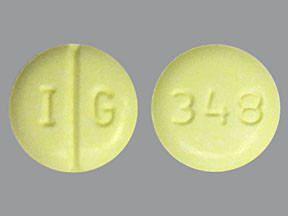
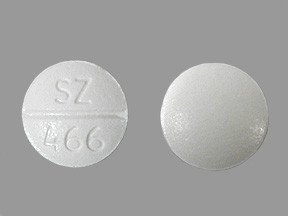

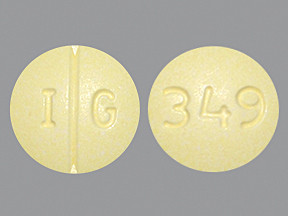
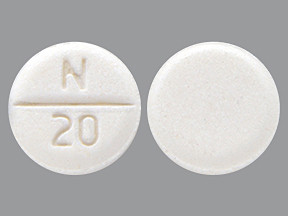
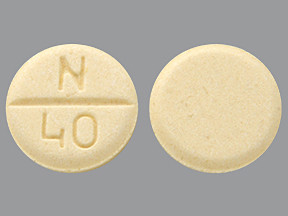
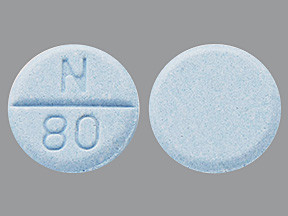
No Reviews Yet